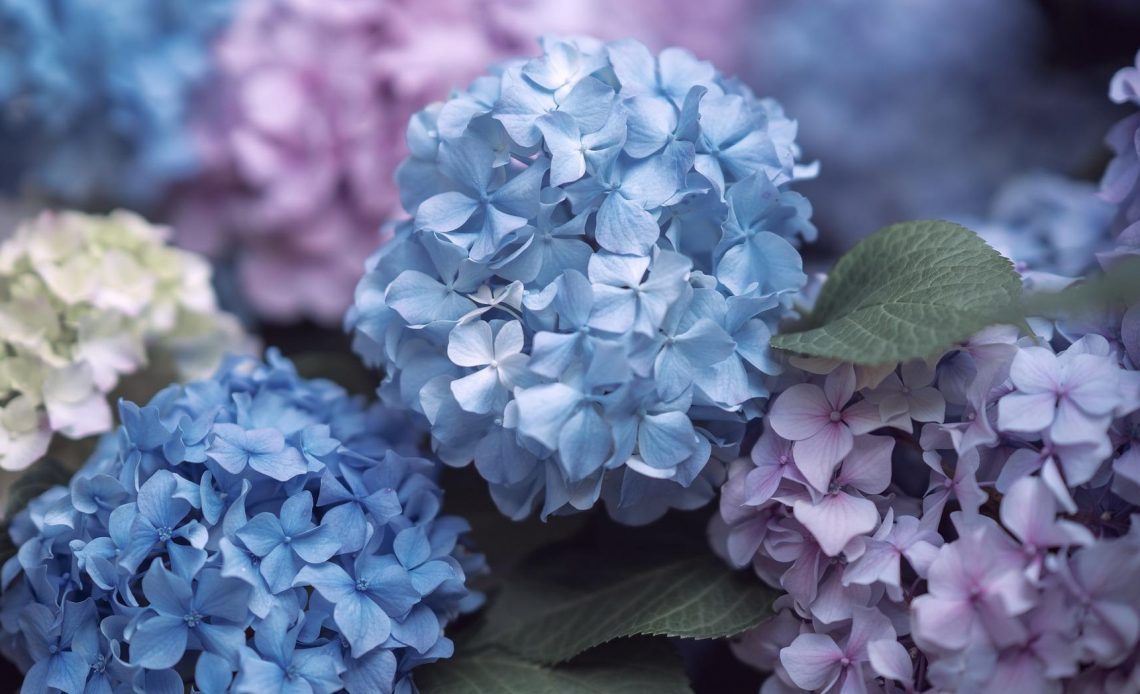

We’re here to help! Wild Yards is a completely free website that is 100% dedicated to helping you create a wildlife-friendly, sustainable yard. Read more
WildYards is reader-supported. When you buy a product through a link on our site, we may earn a comission. Every product is independently selected by our (obsessive) editors and our reviews are unbiased and objective. Read more about our mission or our privacy policy.
Watching deer explore your yard is such an enchanting experience. But the magic all falls away when you see them munching on your plants. Deer can be real pests if you’re trying to grow a flower garden. Some blossoms are deer resistant, like marigolds and foxgloves. But do deer eat hydrangeas?
Yes, deer love to eat hydrangeas. But other animals can nibble on hydrangeas, too, so deer aren’t always the culprits. Fortunately, if your hydrangeas are being eaten, there are things you can do to protect them.
Why do deer eat hydrangeas?
Unlike many mammals, deer do not hibernate. They stay awake all winter long when there isn’t much food to go around. By the time spring rolls in, they’re hungry. Really hungry. And all those new, budding hydrangeas you planted to landscape your yard are the deer’s own personal buffet.
Deer like all parts of the hydrangea plant. They’ll eat the leaves, stems, buds, and large flowerheads. And because these shrubs are so big, they can graze on them for a while. But the tender new growth, which is full of sugars, is especially appealing to them. It’s a delicacy to the deer.
Now, some deer do not like the taste of hydrangeas and will avoid them. But others can’t seem to get enough. If deer are able to meet their nutritional requirements by grazing on native plants, they probably won’t bother your hydrangeas. But, if not, then they’ll see your ornamental flowers as a viable alternative.
Compared to other flowers, hydrangeas are a fairly nutritious snack. That’s because hydrangeas are often babied. They get fertilized seasonally to help enhance their color. And they’re watered on a regular basis, too. During dry spells, hydrangeas are often the only plants around that are truly thriving. Guess you can’t really blame the deer for eating them.
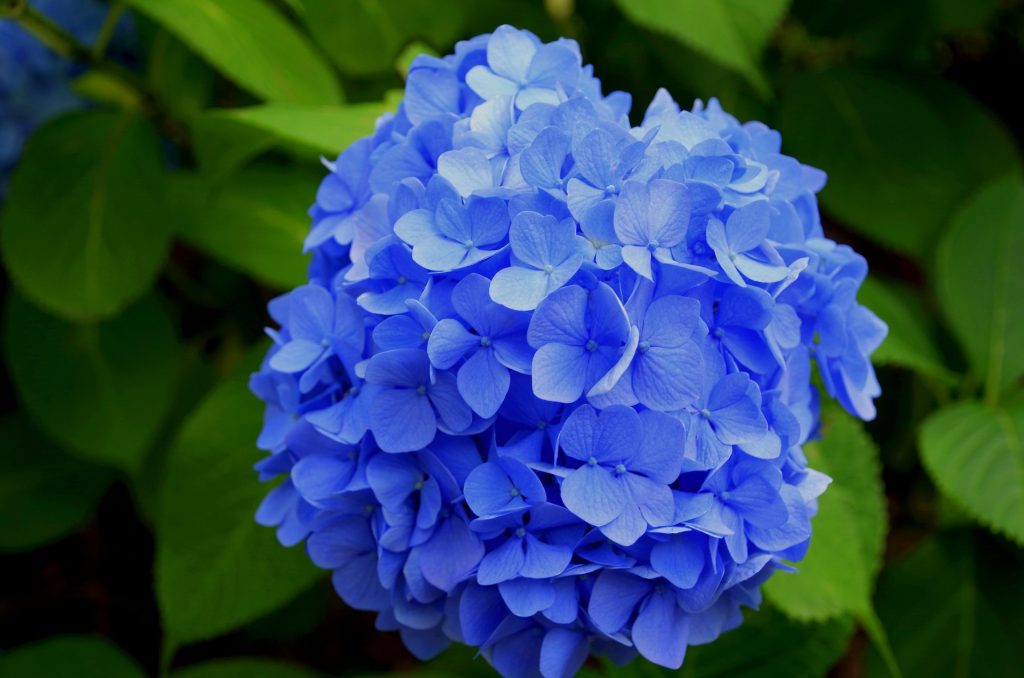
Which other animals eat hydrangeas?
If you walk out to your garden one day and notice your hydrangeas are getting smaller, deer are most likely responsible. But deer don’t have a monopoly on them. Hydrangeas can fall prey to other animals, as well.
Rabbits, squirrels, and chipmunks like to eat hydrangeas, too. Not only do these shrubs provide an abundance of greenery, but they also have numerous flowerheads, ripe with nutritious nectar and pollen. Plus, these plants are shrubs, so small animals can hide in them and stay safe from predators while they eat.
You may not think it, but birds can wreak havoc on your flowering plants, too. Sparrows, robins, and finches just love to land on your hydrangeas and strip them of their buds. If your hydrangea plants never seem to bloom, this could be why. Birds may also tear into the woody undergrowth of your hydrangea shrubs, as this material is ideal for building nests.
Which insects eat hydrangeas?
Compared to insects, deer are a nice walk through the park for hydrangea plants. These little suckers will absolutely destroy them if they get the chance. Aphids, mites, thrips, and chafers feed on hydrangea leaves and flowers. Initially, you may notice small holes drilled into your hydrangea buds. Sometimes, especially with grasshoppers, you’ll see small bites taken out of the leaves. If the damage is severe enough, the foliage will turn brown and die off altogether.
Snails and slugs enjoy hydrangea plants, too. The good news is they’re slow-moving. The bad news is they feed at night, so it’s hard to catch them in the act. Inspect any new growth on your hydrangeas for snail trails. They may make a few small holes in flowers and leaves, too.
Pollinating insects can do their fair share of damage to hydrangeas. Honeybees usually don’t do any real harm. Sometimes, they tear small holes into flowers. But that’s usually with tubular flowers with hard-to-reach nectar, like honeysuckle, not hydrangeas. Leafcutter bees may rip semi-circular holes in the plant’s leaves, though.
Butterflies are attracted to hydrangeas, but, unfortunately, they can also harm them. Often, they’ll lay their eggs on these bushes so their caterpillars can feed on them. If there are enough caterpillars, they can strip the hydrangea of almost all of its leaves. They’re a major hindrance to the hydrangea’s growth.
How can you tell if deer are eating your hydrangeas?
Many animals feed on hydrangea bushes. But each animal leaves its own unique signature. By picking up on these subtle clues, you’ll be able to tell whether or not deer are eating your hydrangeas.
Bugs can do significant damage to these plants, but not overnight. It takes days to weeks to notice insect damage. And because birds, rabbits, squirrels, and chipmunks are so small, the damage they inflict won’t be as obvious at first, either. You’ll notice a few leaves, flowers, and buds missing here and there.
If deer are eating your hydrangeas, and not insects or other animals, you’ll notice large portions of your hydrangeas are gone. Several inches of new growth will seemingly disappear. Flowerheads will be half-eaten or totally lopped off. Huge sections of leaves will be missing, usually from the top down.
You’ll probably see signs of deer elsewhere in your yard, too. Look for deer tracks in muddy spots or loose soil. Keep your eyes peeled for deer droppings. They’re small pellets, about the size of marbles, and can resemble rabbit or goat scat, but usually in much larger piles.
Inspecting your other plants can provide another clue as to whether or not deer are eating your hydrangeas. Deer are especially fond of hostas, daylilies, and pansies. If you have any of these plants in your garden and they’re being eaten, too, deer are probably the culprits.
Can hydrangeas recover from deer damage?
Your local deer can really do a number on your hydrangea plants. And they can do so much damage in a fairly short period of time. You may not be able to prevent them from eating all but a few inches of your hydrangea plants. Whether or not they’ll recover depends upon their overall health.
If your hydrangeas were unhealthy to begin with, they may not have the strength to withstand deer damage. If there’s enough stem sticking up from the ground, scratch into it with your fingernail. Do you see any green? If you do, then keep taking care of it. It may recover. If you don’t see any green, and if you don’t notice any new shoots after several months, your hydrangeas are likely dead.
If your hydrangeas were healthy before the deer got to them, they’ll probably be just fine. These plants are very resilient. The longer they’ve been established, the faster they’ll be able to recover. Whether the deer eat just a few inches off your hydrangea plant or eat almost all of it, as long as the roots are intact and in good health, they should recover. Just be patient and give them a little time.
In a season or two, your hydrangeas should be back to normal. However, deer don’t always graze in a uniform manner. You may need to do some pruning to reshape your plants and prevent them from becoming asymmetrical.
Which hydrangeas do deer like best?
Deer eat hydrangeas. It’s just a fact of life. IIf you live in an area that’s heavily populated with deer, it can be hard to keep them away. But hydrangeas come in different “flavors” and deer prefer some over others. So, which hydrangeas do deer eat?
Mophead hydrangea
This is perhaps the most popular variety for landscapers — and deer, unfortunately. These shrubs have large flowerheads in varying shades of blue, pink, and purple. Older plants can produce dozens of eye-catching flowers in a season. Deer are just as happy to eat the leaves as they are to eat the flowers. Because this shrub is relatively fast-growing, it provides deer with ample opportunities to graze.
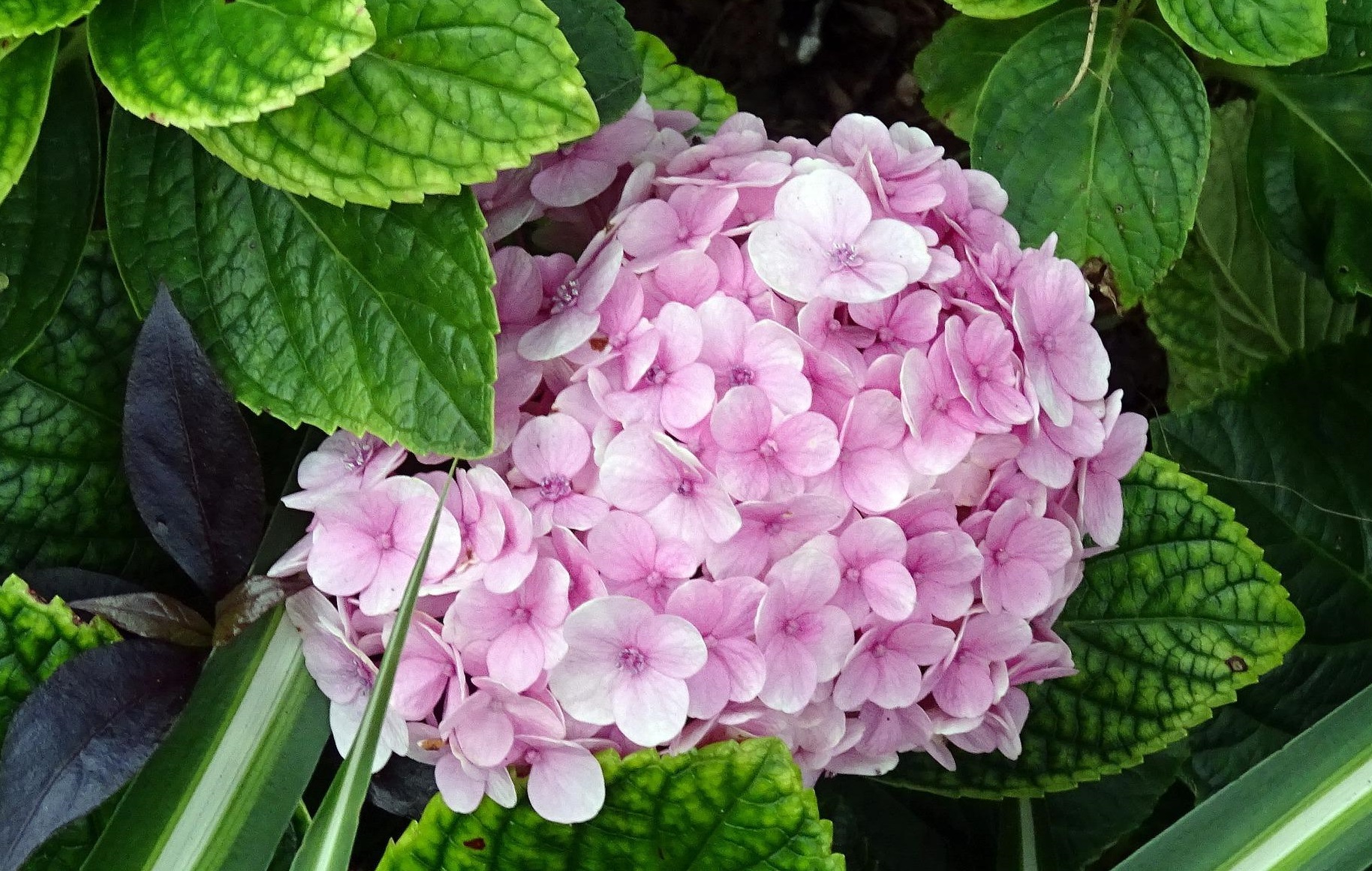
Smooth hydrangea
A plant’s texture is a major issue for deer. They don’t like to feed on plants that have bristles or thorns. Fuzzy flowers, like globe thistle and poppies, are unappealing. But they love smooth hydrangeas because they’re, well, smooth! This plant is so palatable that deer will eat it right down to a stump. Though smooth hydrangeas are hardy, they can be hard to grow simply because it’s so difficult to shoo the deer away from them.
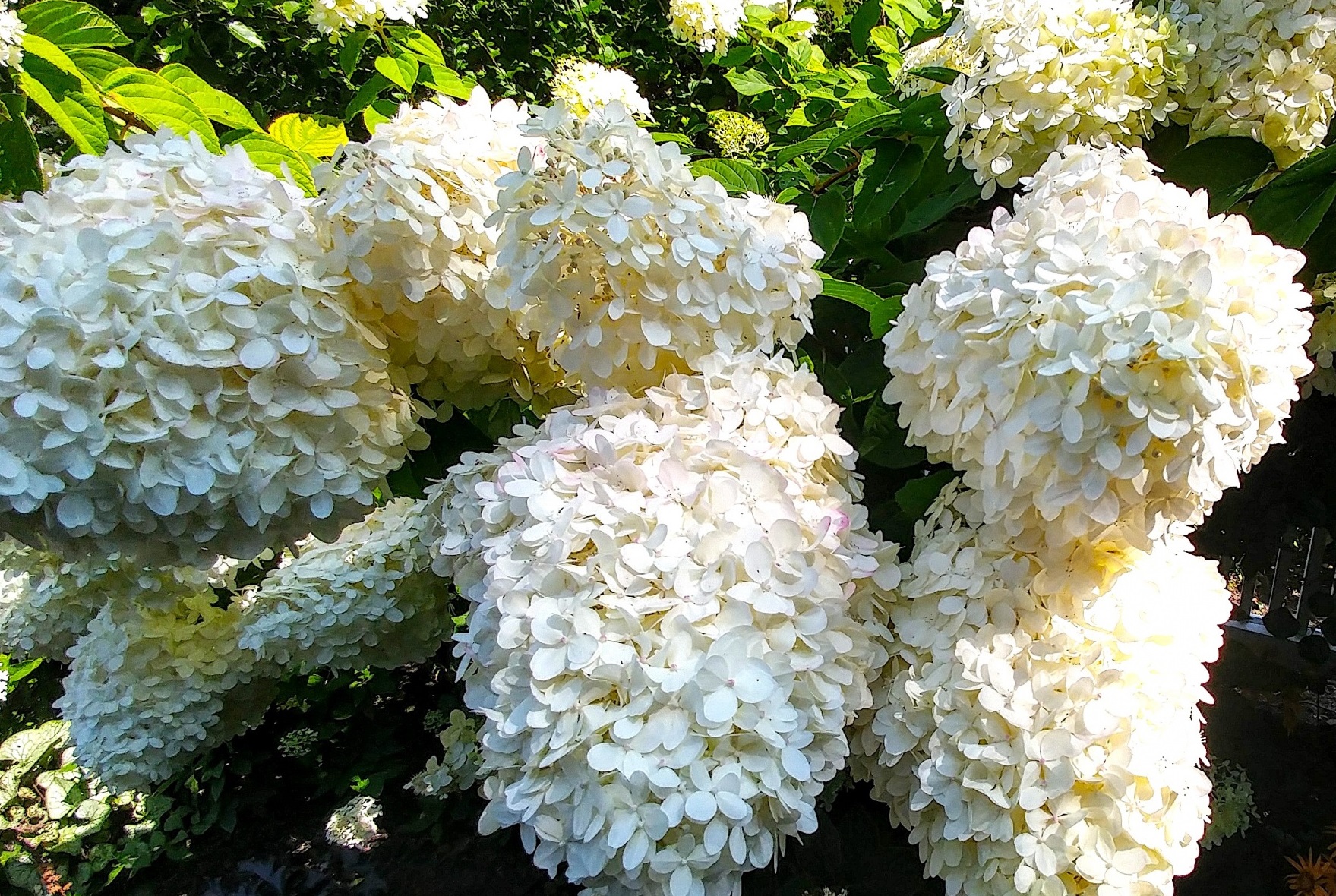
Panicle hydrangea
Here’s another longtime deer favorite. Panicle hydrangeas produce cone-shaped flowers, as opposed to the traditional dome-shaped blooms of mophead hydrangeas. These are showy bushes. When they bloom, they’re covered in flowers, and the deer certainly take notice. As with smooth hydrangeas, deer will feast on panicle hydrangeas until there’s hardly anything left. Keeping the deer away makes this a high-maintenance plant, even if it is easy to grow otherwise.
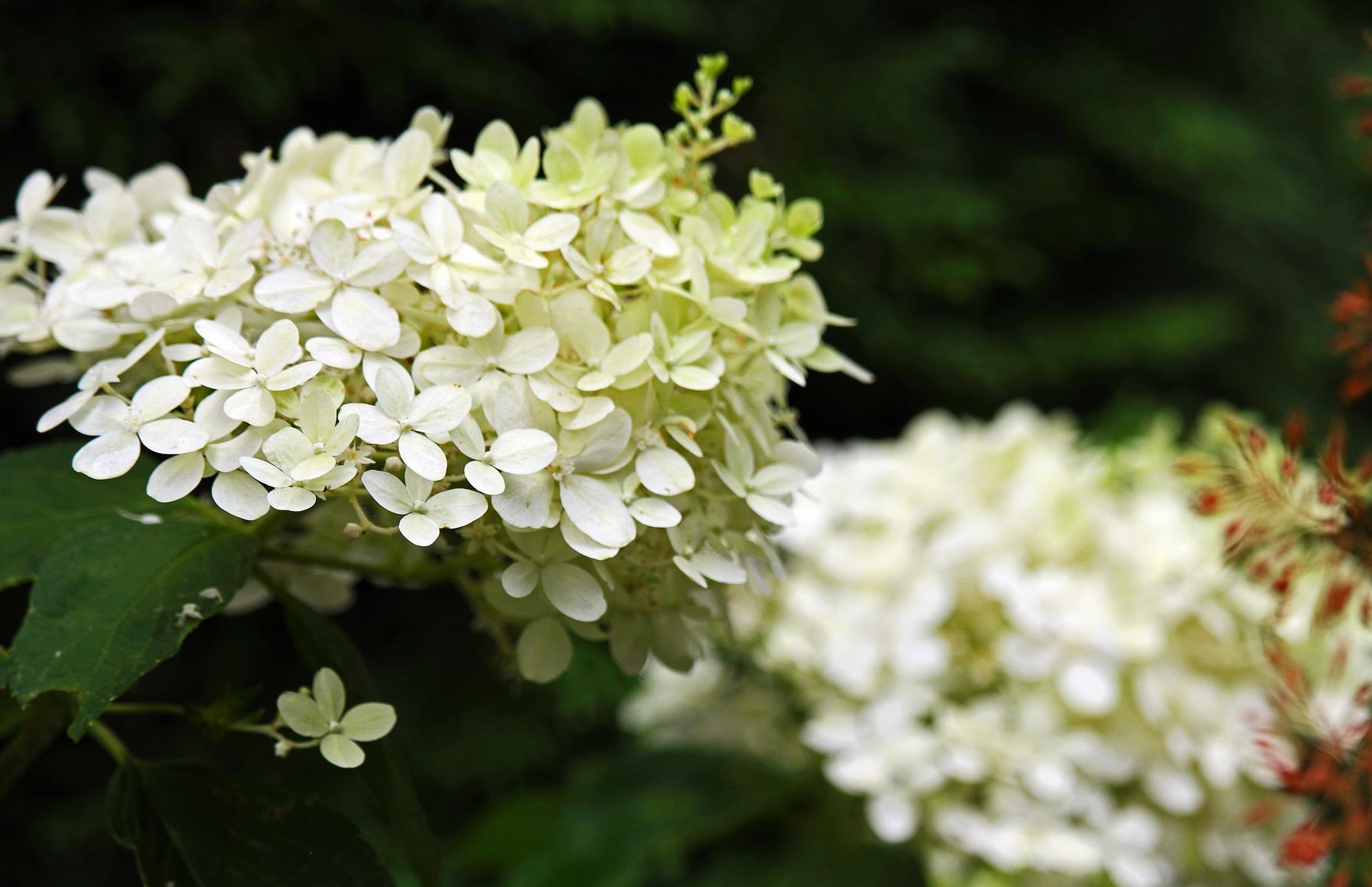
Are any hydrangeas deer resistant?
No hydrangea is 100% deer resistant. They’re just as happy to nibble on hybrid cultivars as they are to chow down on native varieties. But there are some hydrangeas that deer don’t seem to like as much. If you have a lot of deer in your region, but still want to grow these beautiful blooms, look for the following varieties:
Climbing hydrangea
Native to Asia, climbing hydrangeas are a novel take on traditional hydrangea shrubs. Deer don’t eat them too much. Not because they don’t want to, but rather, because they can’t reach them! Climbing hydrangeas grow along arbors, trees, and other structures, well out of a deer’s reach, so they can bloom in safety. To be sure, new climbing hydrangea plants must be protected from the deer. But once these plants reach about six feet tall, they’ll be just fine.
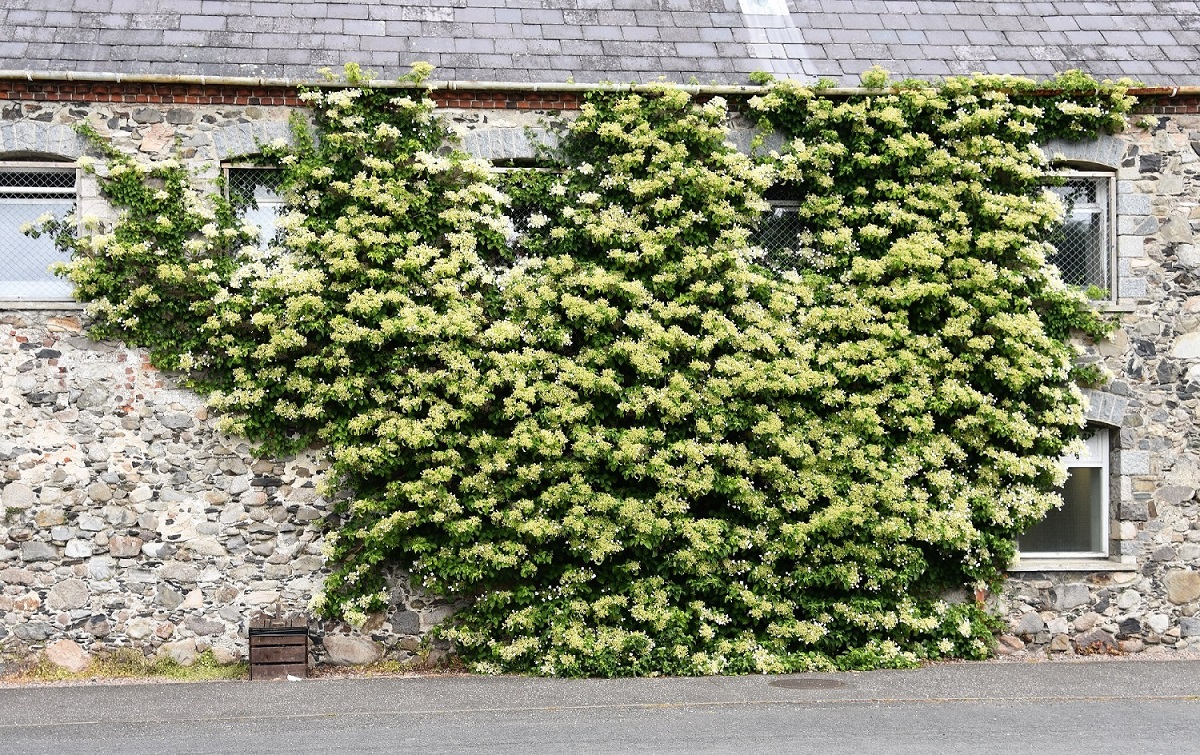
Oakleaf hydrangea
These are tall hydrangeas that are moderately deer resistant. Deer may browse on the lower buds, but they can’t reach the uppermost flowers, so you’ll be able to enjoy their blooms. Additionally, oakleaf hydrangeas have a multitude of thick, leathery leaves that deer don’t care to eat. So deer probably won’t bother with them when they’re not in bloom.
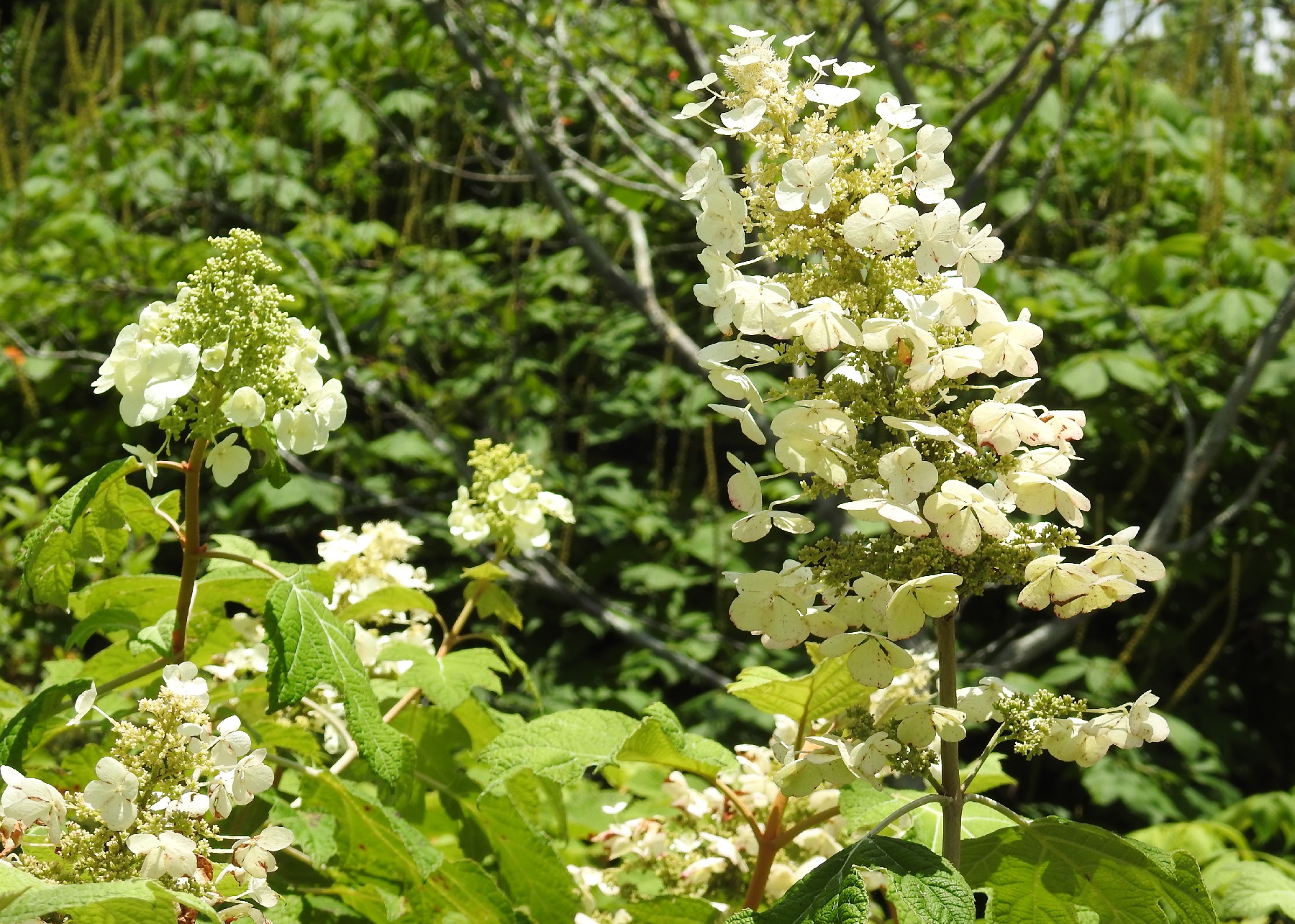
Bigleaf hydrangea
These hydrangeas produce fuzzy leaves that deer hate. So when they sprout up with new growth in the spring, deer are likely to munch on other plants, instead. Bigleaf hydrangeas have another thing going for them: they bloom later in the season. With so many other types of flowers at their disposal, deer won’t be as interested in these hydrangeas.
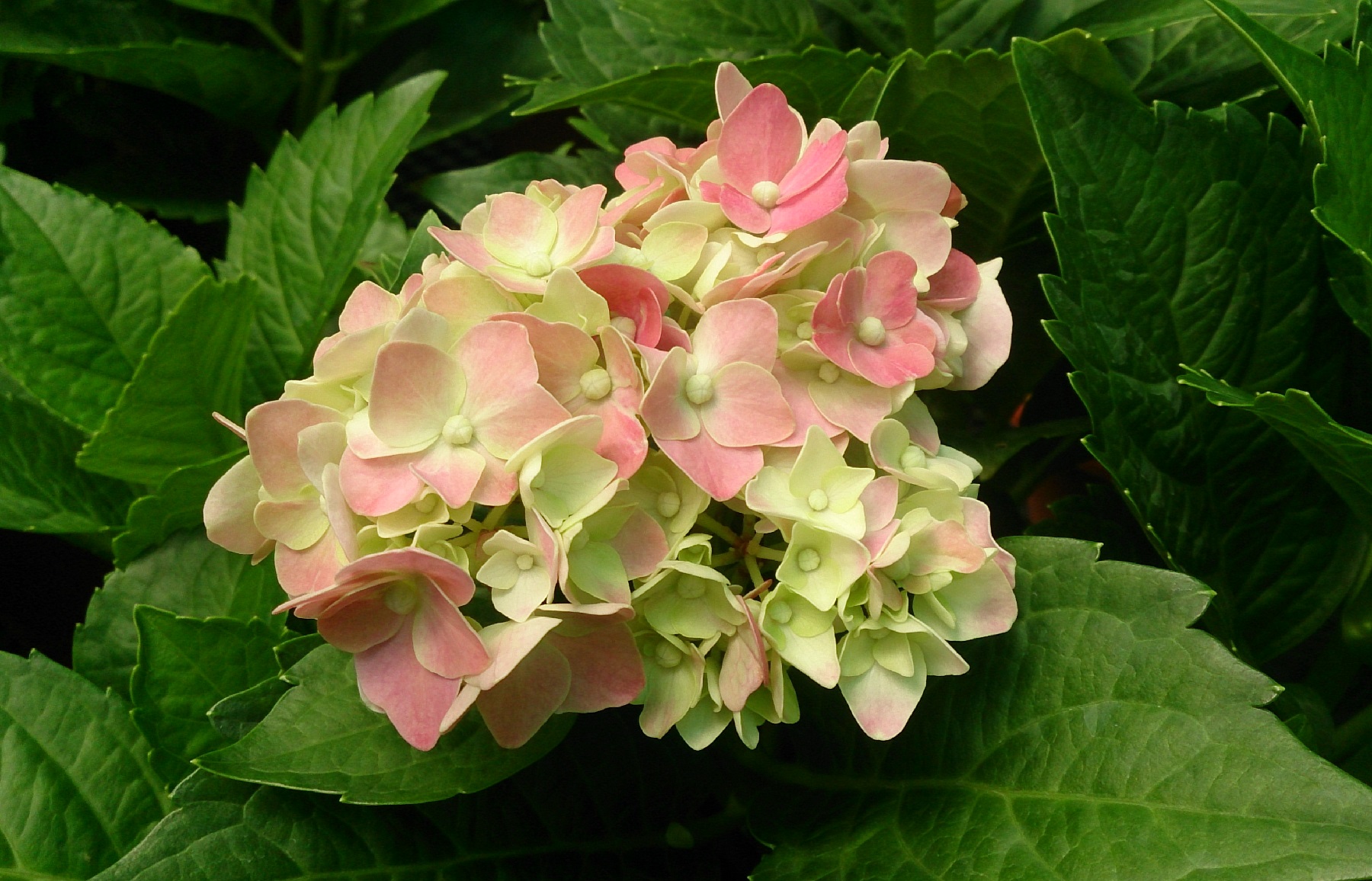
How can you protect your hydrangeas from the deer?
If the deer just won’t leave your hydrangeas alone, it’s time to take things up a notch. If you want to protect your landscaping, you need to make your backyard as unwelcoming for the deer as possible. Start by picking up pet food. Even though it isn’t the best source of nutrition for them, deer have been known to eat dog food. If you feed your pets in your backyard, pick up whatever’s left over so as not to attract any deer.
The same goes for birdseed and squirrel corn. Deer are herbivores, so they’ll eat grains, nuts, and seeds as well as plants. If you want to keep deer away from your hydrangeas, remove any bird or squirrel feeders and find another place to put them. If deer drink out of your bird baths, you may need to get rid of them as well.
Next, invest in some deer repellant, or mix some up yourself! Whisk an egg together with onion and garlic juice, then dilute it with some water. Spray this mixture on your hydrangea plants. It will coat the leaves and flowers in an unpleasant taste that will encourage deer to look for food elsewhere. Using a rotten egg works even better if you can stand it.
Motion-activated sprinklers can be highly effective at scaring the deer away. These sprayers are specifically designed to keep wildlife out of your garden. Unlike timed sprinklers, which most deer can figure out, these sprinklers operate intermittently and are triggered by motion. They work so well that for many gardeners, this is all that’s needed to keep deer away.
If putting a fence up around your hydrangeas is an option, that will certainly help. Deer can’t forage on what they can’t get to. Deer netting may be a better alternative as it can keep deer and other animals away. If rabbits and squirrels have been lunching on your hydrangeas as well as deer, this is an excellent choice.
Another thing deer really hate is the smell of Irish Spring soap. Who would’ve thought, right? But placing a bar of Irish Spring soap in a nylon stocking and hanging it near your hydrangeas can really make a difference. Just be sure not to hang it too close to your plants. When it rains, soap may drip on them, and some plants don’t like the suds.
Companion planting can be an effective tactic. If you have the room, place a few aromatic plants that deer hate near your hydrangeas. Garlic, lavender, dill, and rosemary are all extremely unappealing to deer. Setting up your herb garden near your hydrangeas is a simple way to keep the deer at bay.
If all else fails, switch strategies. Try offering the deer a tastier alternative to your hydrangeas. Deer just love alfalfa. Nutritious and highly palatable this is one of their preferred foods. You can find dehydrated alfalfa cubes designed for livestock at most feed stores. Fill up a small bucket with them (make sure they’ve been broken into smaller cubes!) and toss them in your yard.
Once the deer find the alfalfa cubes, they probably won’t be interested in anything else. Alfalfa is an excellent source of calcium, which is great because deer don’t always get enough of this important mineral. In a rare instance, one deer was caught eating bones just to get more calcium. So giving deer alfalfa cubes can be incredibly beneficial. Just be sure not to feed them alfalfa over the winter, as this is when their metabolisms downregulate. Feeding them alfalfa during this time can actually make things worse.
When it comes to hydrangeas, deer just can’t say no. But with a little effort, there are plenty of things that you can do to protect your hydrangea plants and persuade your local deer to look someplace else for a free meal!

Hi Michelle, I read somewhere recently that there is one bug that is good for hydrangeas
but can’t find it. Can you tell me what it is?
Hi Tomeli! There are several insects that benefit hydrangeas, including ladybugs, lacewings, and hoverflies, all of which feed on soft-bodied bugs like aphids. Beetles and praying mantises can be helpful, too. These insects eat larger bugs, like worms, caterpillars, slugs, and snails to prevent them from overrunning your hydrangeas. Thanks for your question!